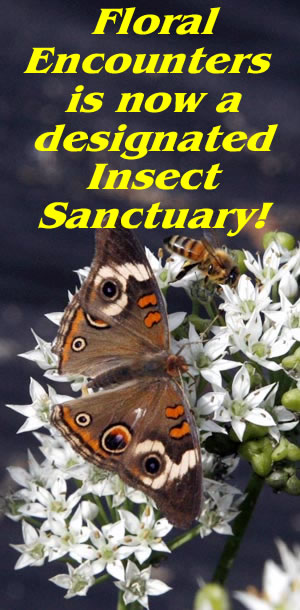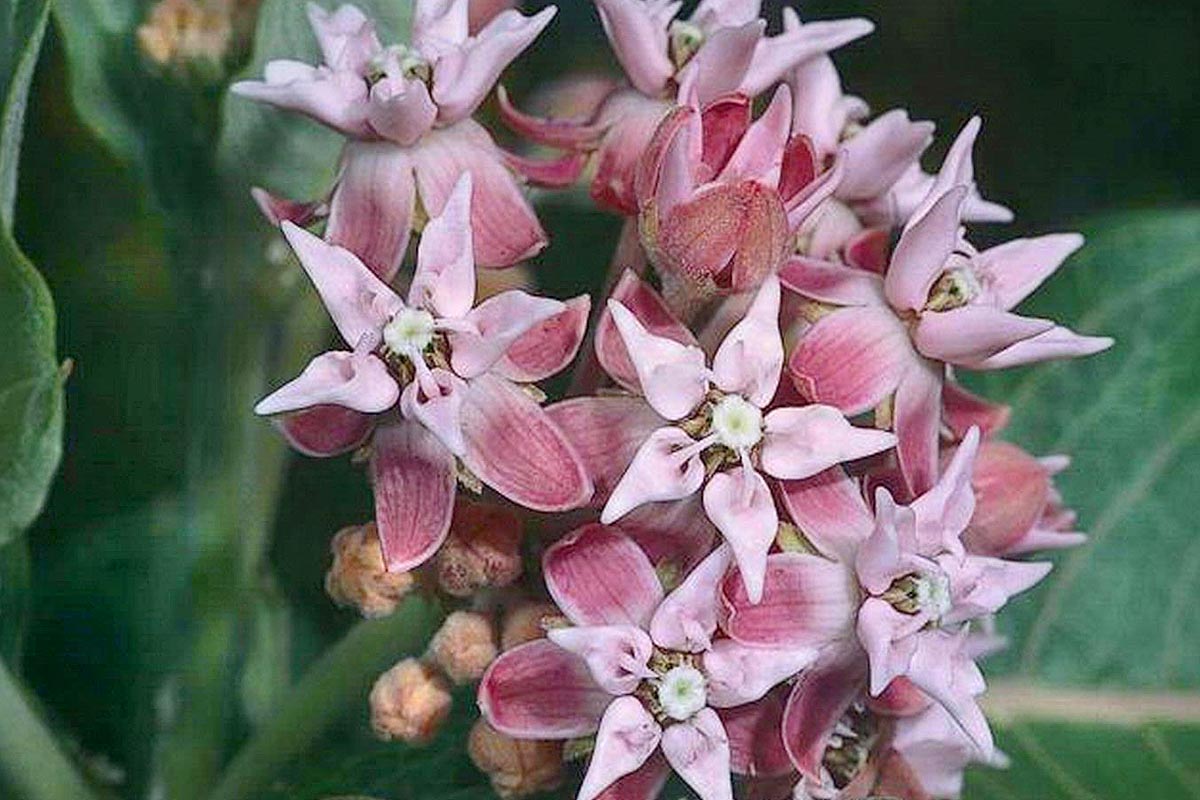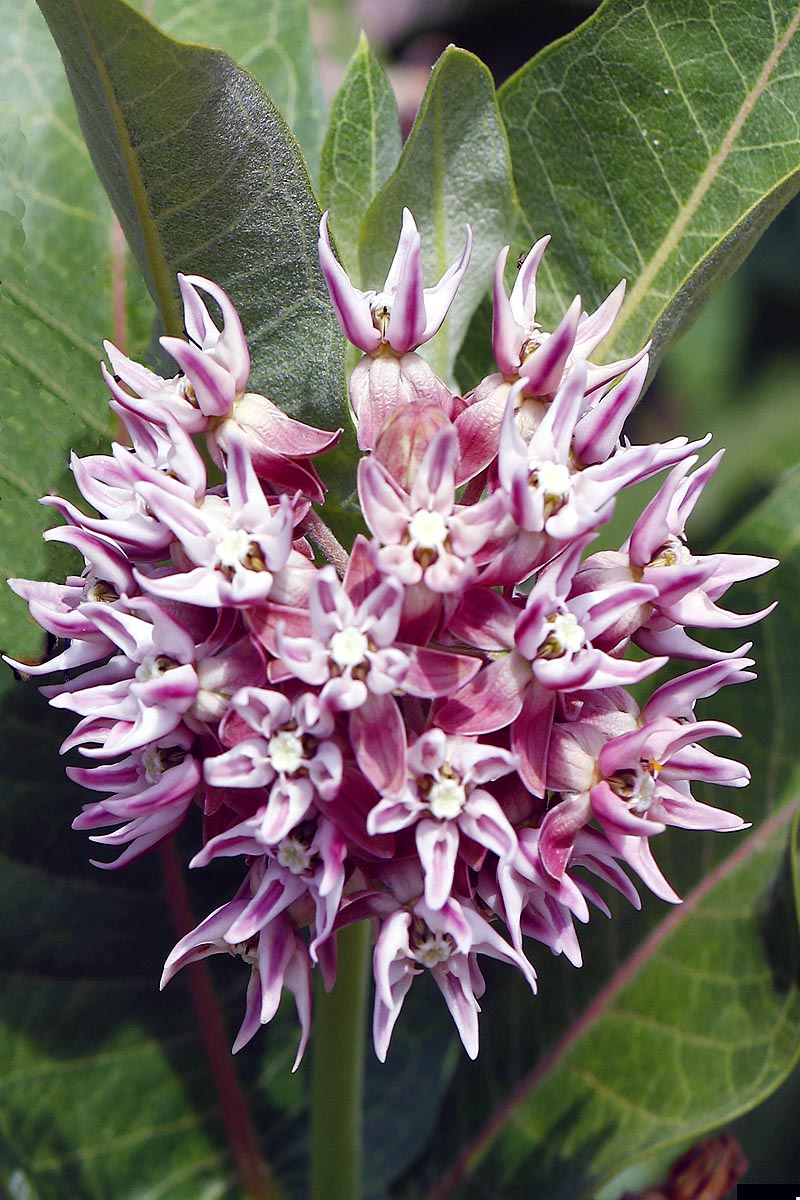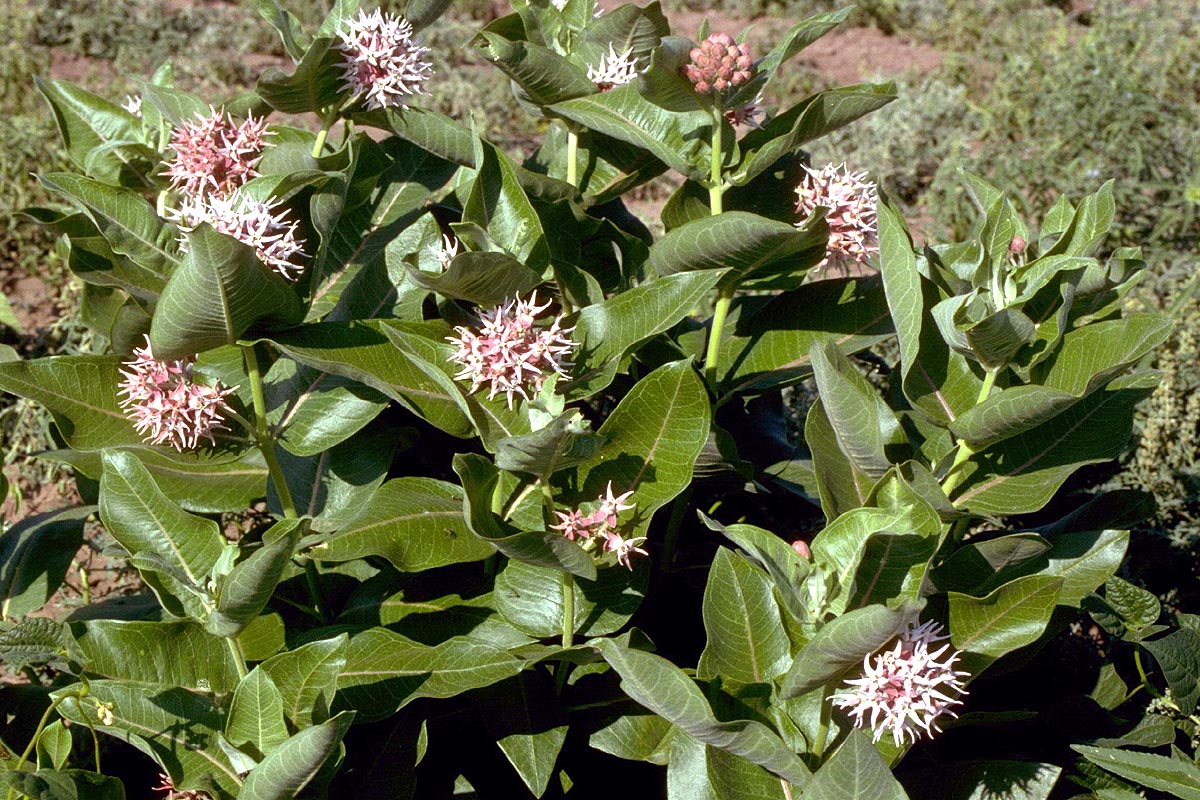Beautiful showy flowers that bloom all from late spring well into fall. This tough Native American perennial is ideal for meadow areas and mow-it-down gardens. Grows to about 5 feet (1.5m) in height with tough blue green leaves. It also produces a long taproot and fat rhizomes which makes it fairly drought tolerant once established but means it does not like to be moved. Plant in full sun where it gets plenty of airflow and enjoy the flowers that can be 5 inches (13cm) across! It will attract a multitude of butterflies and bees and of course is food for the Monarch butterfly which is becoming so scarce due to lack of food for its caterpillars. So plant a lot to give them plenty to feed upon. Its very easy to grow and takes no care once established, just cut it down every winter, that's it. Can tolerate almost all soil types but wet. It does need cold stratification before it will germinate but that is easy to achieve. Starting your seeds now will ensure you have strong plants this coming spring. Instructions come with purchase.
We also offer Swamp Milkweed a more clump forming perennial that likes wetter areas but will grow almost anywhere provided it has a little water; and Common Milkweed (Asclepias syriaca) the eastern species which has only slightly less showy flowers but tolerates the moist humid climate of the south eastern states.
Leaves have very short stems to no stem at all and are attached in opposite pairs to a stiff stout stem. All leaves are thick and covered in a fine layer of short velvety hairs. They are bluish green in color on the top with lighter green below and a thick slightly yellowish central vein that bulges from the leaf structure on the underside.
Flowers arise from the top of the plant and on short stalks from the leaf nodes of the top third of each stalk. The flowers heads are round globes about 4-5 inches (10-13cm) across and consist of many individual flowers. The flowers are very unusual as each flower has 5 narrow pink petals arranged in a five pointed star. Each petal is curled inward and at the base produces a paler hook like structure that curls out to the pink center of the plant and resembles a brace holding the core in place.
The whole flower head is like a spiky pink ball and is, as the name says, very showy and also very fragrant with a aroma similar to licorice. Plants flower almost all summer long often from May until September depending on zone. Flower heads are followed by equally showy large seed pods 3- 5 inches (7-13cm) long roughly circular fat at the base tapering to a narrow point. They are covered in rows of long soft green spikes. The whole pod begins green and ripens to light brown. Then they split open to reveal the inner seeds each of which has a tuft of long white silky hairs that act like a parachute allowing the seeds to float on the wind.
Like all milkweeds leaves and stems when broken exude a milky sap which gives the plants their name.
Follow the Stratification instructions after choosing which method you want to use. We recommend that if possible you use small pots or individual cell trays to sow seeds. This way you can transplant seedlings as they grow without disturbing any seeds that have yet to germinate. Milkweeds need at least 30 days of cold stratification to germinate but much longer is great. If you want to seed your trays in winter and put them in a cold shed or garage until spring they will be fine. All milkweeds tend to create large tap roots and they don't like to be disturbed so growing in individual pots or even peat pots is recommended.
Once seeds have been removed from their cold treatment keep them in a cool environment to germinate. Do not put on heat pads or in a very warm place. Milkweed will not germinate if the soil temperatures are over 85°F ( 29 °C).
Indoor sowing allows you to have much more control over your seedlings and where they are germinating before transplanting outside. Its also a lot easier to control weeds.
When spring comes keep checking the area and remove any obvious weeds. Don't pull anything you don't know what it is just in case). Keep as weed free as possible while seeds germinate and grow. Thin seedlings as necessary. You may want to try transplanting the seedlings but take care they don't like their roots disturbed that much.
However it will tolerate dry areas. Watering when first transplanted will help it get established but once that is done and the deep roots are set then its basically a hands off plant that needs no extra care at all. Its fairly drought tolerant once its set. It may die back during long droughts but usually survives due to its deep tap root. However if there are several droughts over many years it will need extra water to sustain its root reserves.
If you area gets a lot of rainfall ensure that your soil is well draining or the plant may not survive as it is used to dryer conditions with less rain. If not we recommend you grow Common Milkweed instead, while not as showy it is an impressive plant. If your soil is very wet and does not drain well then grow Swamp Milkweed.
This plant needs full sun. While it can tolerate a little semi shade in the lower zones its not recommended above zone 7b. Works very well in a meadow like setting or portion of the garden where you really dont want to do much but would like to see flowers. Its ideal for mow it down gardens, meadows, and free range sections.
This plant is native to the Western United States and Canada if growing in the eastern states ensure that it gets plenty of airflow. This plant is not used to the humid conditions that occur on the eastern coast and will need as much cooling around its strong thick leaves as possible to grow well. If planting in zones 8-9 in the east and using some shade ensure there is airflow too.
If the plants are happy in their location they will begin to spread using rhizomes and form colonies. In a meadow or mow-it-down garden setting this can be an advantage otherwise the extra rhizomes may need to be pruned back to keep it under control.
However while few others butterflies lay their eggs here many do visit its beautiful flowers which are rich in nectar and pollen. some of these are, checkerspots, hairstreaks, painted ladies, pale swallowtails, queens tiger swallowtails and variegated fritillaries. Also a variety of bees including many sweat bees, bumblebees and honeybees as well as hummingbirds and humming bird moths.
Wildlife dont eat it. Its pretty much deer and elk proof.
The dried plant, especially the seeds can also be used as a pesticide. Ground up and added to the soil they are very effective at destroying many nematodes and armyworms which are the main pests of several major crops including potatoes, soybeans, alfalfa, tomatoes, and corn.








